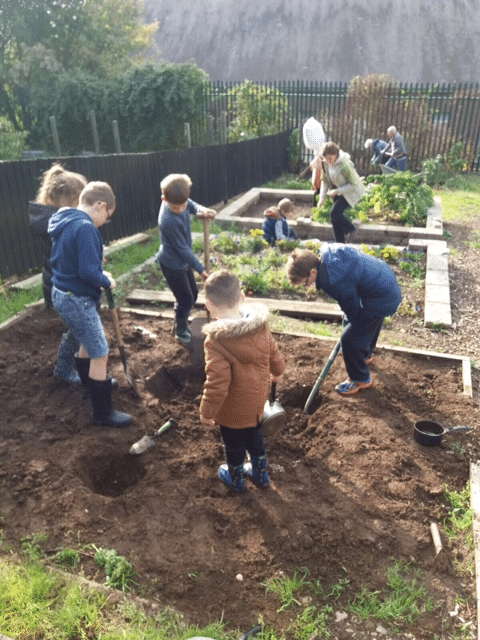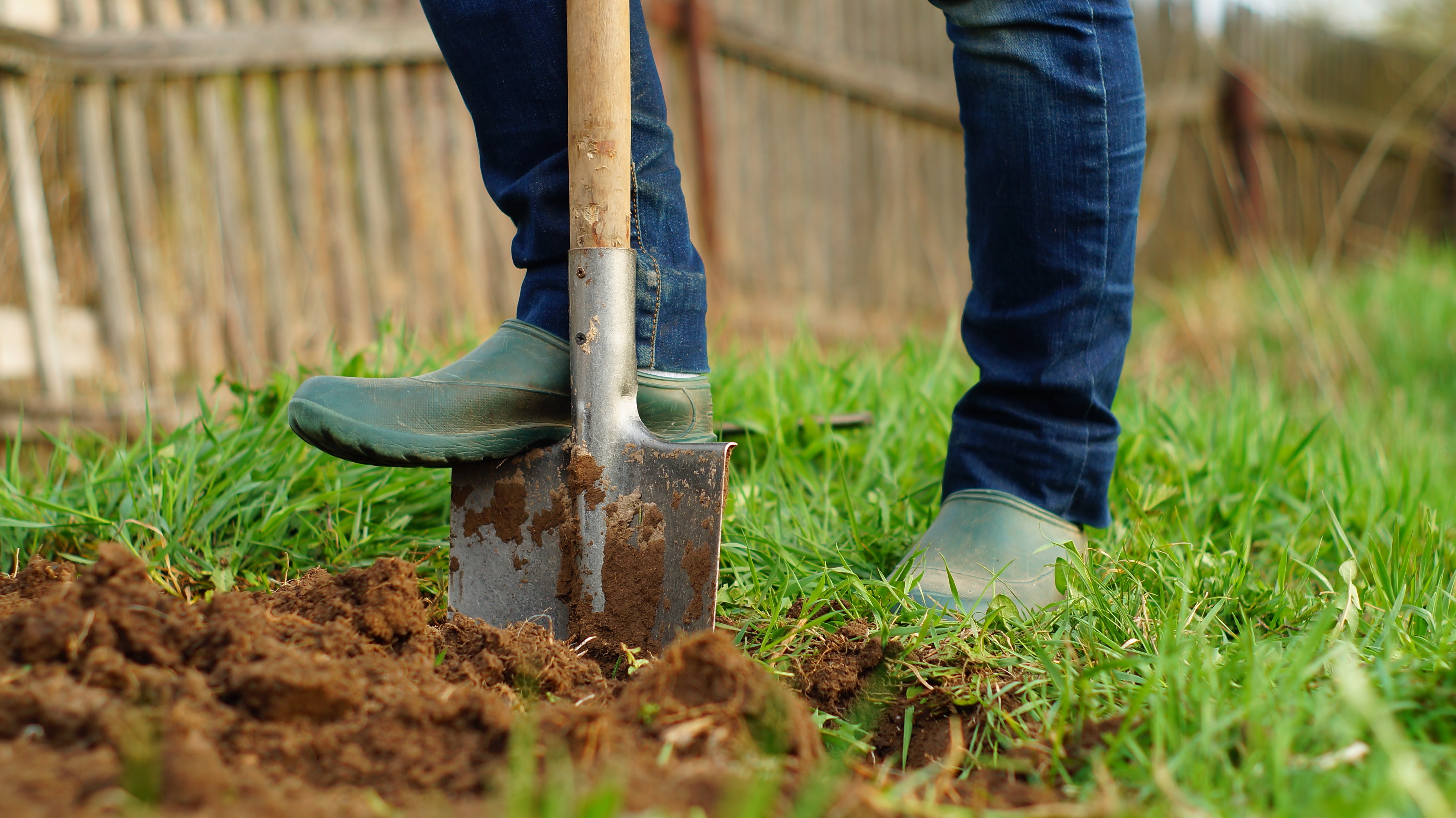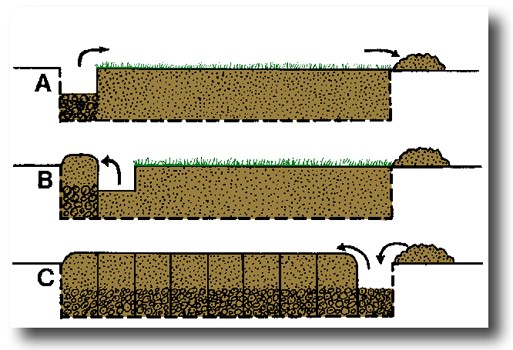Digging techniques to aid you and your garden

Digging in the garden is something we do all the time, whether it’s for planting new trees or turning over soil, but many people don’t realise that a bad digging technique can put you at risk of injury. The best time to dig is from October through to December- this can be difficult as the ground is hard, so therefore it’s important to know the correct digging techniques to avoid damaging your back or wrists. Here’s a helpful guide to follow when digging in your garden:
Before you start, ensure the ground is free of frost and not wet, as digging heavy soil can damage the soil structure and lead to poor drainage.
The digging method required will also depend on the nature of your soil. Single and double digging are the most effective and labour efficient techniques – but your ground must be weed free beforehand.
When digging, always bend from the knees and never from the back and try to adopt an evenly controlled motion rather than quick and irregular movements.
Single Digging

Single digging is the best method for regular sized plots where you want to incorporate large quantities of organic matter and have an evenly textured soil.
- Dig out trenches the depth of the spade, known as spit (which is about 30cm/ 12 inches wide).
- Put the soil from the first trench on the ground in front and work backwards along the plot, turning the soil from each subsequent trench into the one in front.
Double Digging

This is a useful technique when the drainage of the ground needs to be improved or if the ground has not been previously cultivated. It is more time consuming, but it’s worth the extra work to really improve your soil.
- Rather than digging one depth of the spade, double digging (as you may have predicted) involves digging down to two depths. It is essential to keep the two layers of soil (subsoil and topsoil) separate – to do this the lower half of the trench can be dug over in situ.
- Remove the soil from the upper and lower spits of the first trench and the upper spit of the second trench and place them in 3 separately marked piles.
- The soil from the lower spit of the second trench, can then be used for the base of the first trench. And the upper spit of the third trench, to the top of the first. This ensures the topsoil and subsoil remain separate.
- Continue digging the trenches in the same way until you reach the end of the bed, where the soil saved from the first trench can be used to fill the final trench.
Simple Digging
Simple digging is often useful for clearing the surface of the soil of any debris and weeds and also for irregularly shaped plots where you’re working around existing plants.
- Simply lift a spade of soil, flip it and drop it back in its original place.
No Dig Method
If you suffer from a bad back this may be the method for you. It’s good for vegetable plots and for when the soil can benefit from the addition of organic material.
- Ensure the soil is weed free and level.
- In late Autumn, spread manure or compost over the surface of the bed and worms will do the work of incorporating it.
- This process can be repeated annually and during the growing season to ensure the soil remains fertile.
Finding the right digging equipment
Gardening is a fantastic and rewarding hobby that people of all ages and from different backgrounds can enjoy. However, this can mean that not one type of digging equipment suits all, as some people may have difficulty bending, have weak vision or have even lost a limb. Carry on gardening allows you to filter your circumstances and suggests gardening equipment better suited to you, allowing you to tend to your garden comfortably.
SIGN UP NOW
Community gardens across the UK are not only growing rapidly in numbers but are also doing incredible work, transforming lives as well as the land itself. We would love you to join us now.

